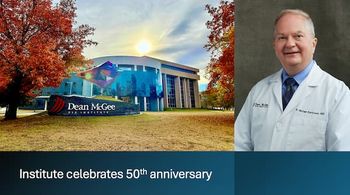
The CEO of Dean McGee Eye Institute reflects on the program’s milestones, global partnerships, and the future of patient-centered eye care.

The CEO of Dean McGee Eye Institute reflects on the program’s milestones, global partnerships, and the future of patient-centered eye care.

Second-year medical student Rishika Garg, from the University of Oklahoma College of Medicine in Oklahoma City, shares insights from a nationwide analysis revealing inconsistencies in ophthalmology residency leave policies.
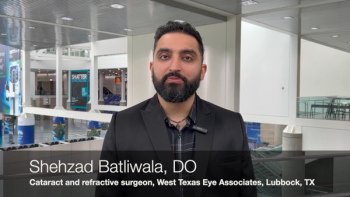
Shehzad Batliwala, DO, known to his patients as Dr. Shehz, appeared on the ASCRS Foundation Symposium, where he discussed performing refractive surgery in low-resource, high-risk areas.
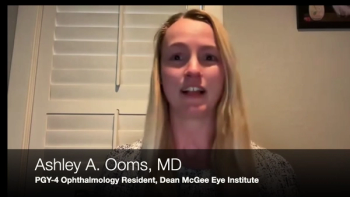
Ooms' poster at the Association of University Professors of Ophthalmology annual meeting highlighted a study on gray area complications in strabismus surgery, showing that trainees are more likely than attendings to disclose these complications despite having similar baseline anxiety levels. Ooms is a PGY-4 ophthalmology resident at the Dean McGee Eye Institute.

Funds from the Inasmuch Foundation and The Samuel Roberts Noble Foundation will support the purchase of equipment, including computerized eye simulators, a laser injector, and a device for measuring the electrical resistance of cells.
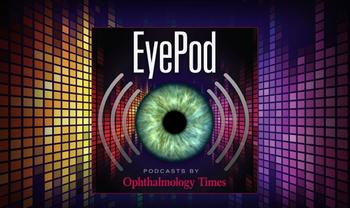
In this final episode, DMEI’s residents share their future plans for expanding the device capabilities and offer practical advice to other up-and-coming creators in eye care technology.

Jibran Sharieff, MD, and Brandon Kingrey, MD, discuss their innovative smartphone-based device for affordable retinal imaging, highlighting its potential to enhance eye care accessibility and education in low-resource settings.

These residents won second place at the Eyecelerator competition held prior to this month’s American Academy of Ophthalmology conference in Chicago, receiving a $15,000 prize—the first such prize awarded to residents—for their development of a smartphone device designed to take fundus images.
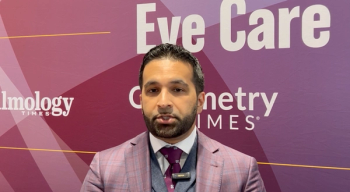
Kamran Riaz, MD, discussed with the Eye Care Network a study on mitomycin intravascular chemoembolization for treating corneal neovascularization. The procedure showed promise, with a 70% success rate at 3 to 6 months, though patient selection is crucial. Some required multiple treatments, but overall outcomes are promising.

Investigators at the Dean McGee Eye Institute reviewed the accuracy of the tools in measuring 5 vision assessment parameters, including distance visual acuity, near visual acuity, color vision testing, contrast sensitivity, and pupillary distance.
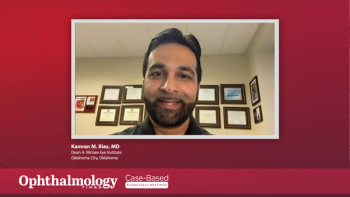
Kamran Riaz, MD, reviews a cataract surgery case where the patient was fitted with different IOLs in each eye.

An expert on ophthalmic conditions presents the case of a patient with Fuchs dystrophy and cataracts in both eyes who inquired about intraocular lenses.

An ophthalmologist presents a case of a 75-year-old patient who was dissatisfied with previous intraocular lenses but achieved satisfactory vision with a monofocal plus IOL.

Kamran Riaz, MD, provides an overview of current monofocal intraocular lens options, focusing on the most popular choices.

DMEI provides more than 225,000 total patient visits per year from all 77 Oklahoma counties and the surrounding six-state region through its main location on the University of Oklahoma Health Sciences Center campus in Oklahoma City and four satellite locations.

AAO president will deliver the annual Tullos O. Coston, MD lectureship on June 1, 2024.

According to an American Academy of Ophthalmology news release, Edmond’s priorities during her term include addressing physician and staff shortages and protecting patient safety at a time when nonphysicians are trying to expand their scope of practice into eye surgery.

Kamran M. Riaz, MD, a clinical associate professor and director of Medical Student Research at the Dean A. McGee Institute at the University of Oklahoma, recently discussed with Ophthalmology Times some of the latest trends in cornea treatment.

Jeremy Tan, MD, discusses the latest trends in eye trauma surgery at the Dean McGee Eye Institute.

The University of Oklahoma Health Sciences Center has received an unrestricted grant from Research to Prevent Blindness for $575,000 over 5 years to support eye research conducted by the Department of Ophthalmology.

Newer generation formulas generally outperformed older generation formulas, with SRK/T performing the best of older formulas, especially when using TK values.

Lens thickness and anterior chamber duct values obtained by Lenstar can be improved by SpikeFinder to reduce errors in measurements.
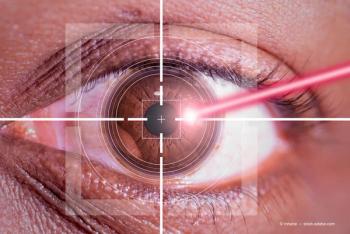
Older generation non-LVC formulas show marked improvement upon using TK values vs K, while multivariable non-LVC formulas did not consistently improve.

Results concluded that K did better than TK in a variety of situations.
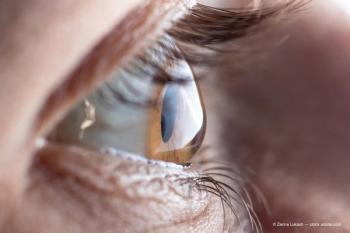
The study assesses and compares the accuracy of IOL formulas using keratometry (K) and total keratometry (TK) values obtained by a swept-source OCT biometer (IOL Master 700) in eyes with previous PKP prior to cataract surgery.
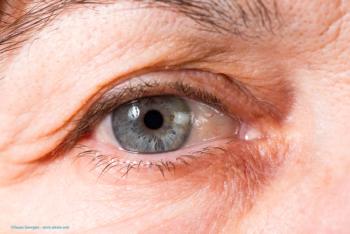
There is considerable variability in variables when measuring the eyes with both biometers, which may affect formula performance and postoperative refractive predictions when using formulas that utilize values like interior chamber depth and lens thickness.
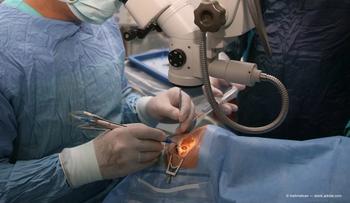
The project, presented by Colton Hill, MPH, on behalf of the Dean McGee Eye Institute, looks at complication rates during cataract surgery or after cataract surgery for patients with prior intravitreal injections or incisional retinal procedures.

Anushka M. Raj, BS, second year medical student at the University of Oklahoma’s Dean McGee Eye Institute, presents "Inter-Device Measurement Reliability of Angle Kappa and Angle Alpha, Devices and Instruments" during ASCRS.
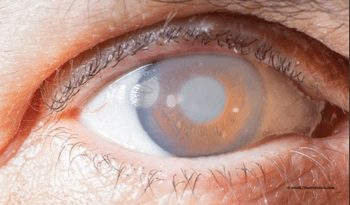
Mahmoud A. Khaimi, MD, developed a minimally invasive glaucoma surgery known as ab-interno canaloplasty as a treatment option between topical therapies and invasive surgery. The technique continues to prove its value.